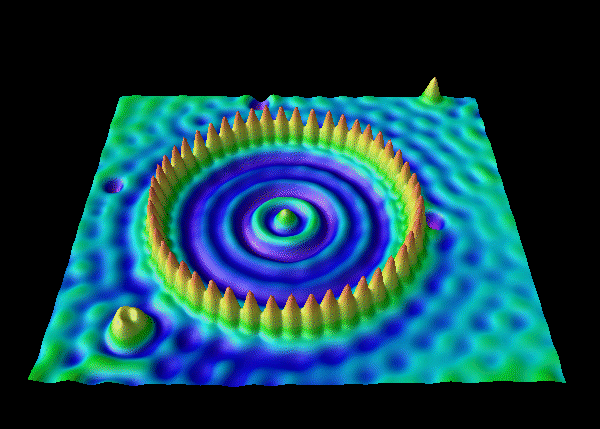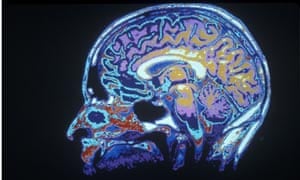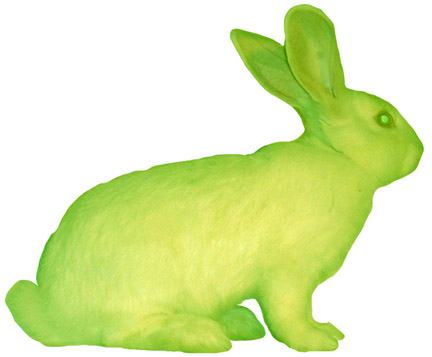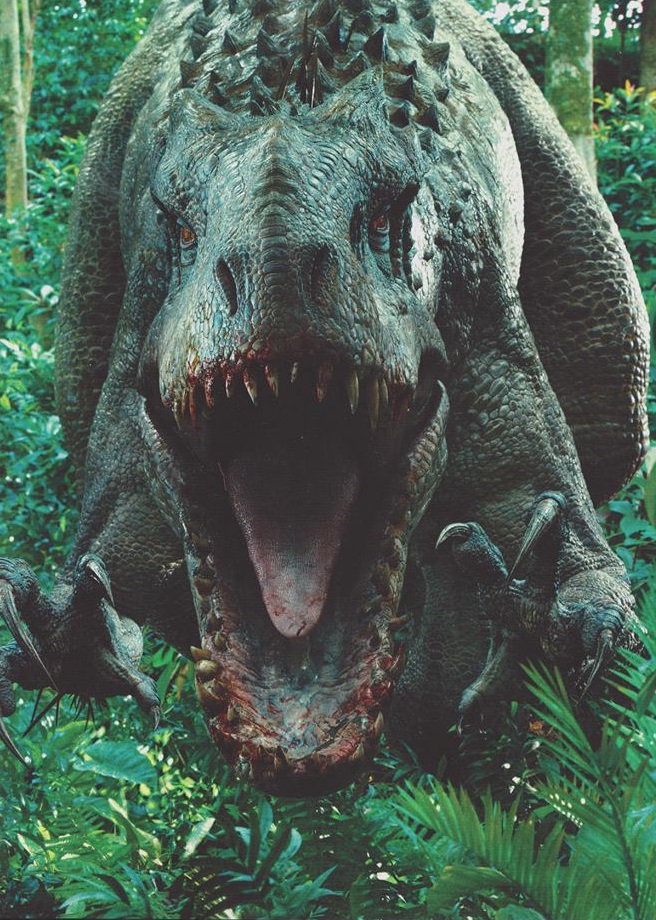For my second event, I went to Fowler Museum to view
"Making Strange: Gagawaka + Postmortem" exhibit by Indian
contemporary artist Vivan Sundaram. Unfortunately, I was declined by the staff
to take pictures with them so I resorted to taking a picture with the sign
instead.
 |
| Figure 1 - Me at "Making Strange" at Fowler Museum |
As soon as I entered the exhibit, I was reminded of Gunther
von Hagens’ “Body Worlds”, except instead of real cadavers, they were
thankfully all mannequins. Many of the exhibits involved said mannequins cut in
half to reveal the insides and dressed up with seemingly random junk. After
watching a short video at the exhibition, I found out that Sundaram used this “trash”
as a “starting point of creativity” which also helped create an “anti-aesthetic”
feel. While Sundaram admits that these objects are trash, I found that they
definitely served some deeper purpose; for example, the dress in Snake-shell is in fact made of X-ray
film which connects to his other works which involve looking within the human
body.
 |
| Figure 2 - Snake-shell, 2011 X-ray film |
Another piece that follows this theme is Immunity Cover which consists of fabric
surgical masks pieced together. Surgical masks also tie in with the dissecting
of bodies; I think it’s really clever that Sundaram designed it like armor
since they are supposed to protect you from bacteria and disease.
 |
| Figure 3 - Immunity Cover, 2011 Nonwoven,micro-dot fabric surgical masks |
As mentioned above, many of these pieces were dissected
mannequins, often abstract and not scientifically accurate. Wired Torso attempts to mimic the
arteries and veins of a human body albeit not accurately, though it succeeds in
showing how grotesque our insides can be. A lot of these works reminds me of
Week 4’s topic of “Medicine+Technology+Art”; Sundaram obviously had some prior knowledge of the human anatomy and
used his knowledge in medical technologies to his advantage creating unique
artworks.
 |
| Figure 4 - Wired Torso, 2013 Mannequin, fiberglass, body organs anatomy samples, wire, paint |
One piece that I found
most interesting is Acrobat because of the way in which the body is
distorted. The ballerina wearing a skirt made from cotton fabric seems to be
striking a pose, but what’s curious is the fact that she seems to have three
breasts in various positions. I think this might symbolize the movement of the
mannequin as if Sundaram is trying to capture different frames of the body in
motion.
 |
| Figure 5 - Acrobat, 2013 Mannequin, fiberglass body organs/anatomy samples, cotton fabric, iron, ceramic, paint, wood |
Spine is
another piece that shows that without knowledge of anatomy, artists can never “present
the human body on a more disquieting stage”. “Making Strange” opens our eyes to
not just what is underneath the skin, but the relationships between the human
body, clothing, and fashion.
 |
| Figure 7 - Holdall, 2011 Leather handbags, stuffing |
Citations
- Making Strange: Gagawaka + Postmortem Description, Fowler Museum. Personal photograph by author. 2015.















.png)




